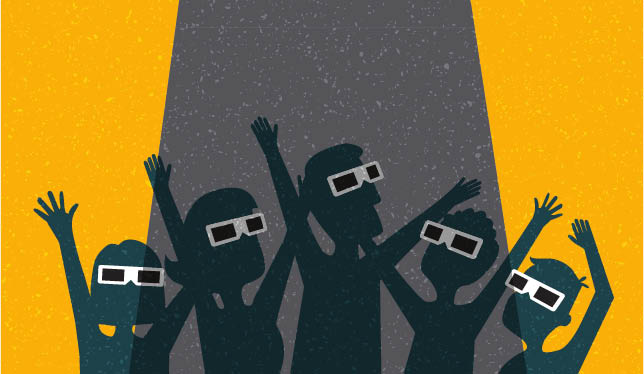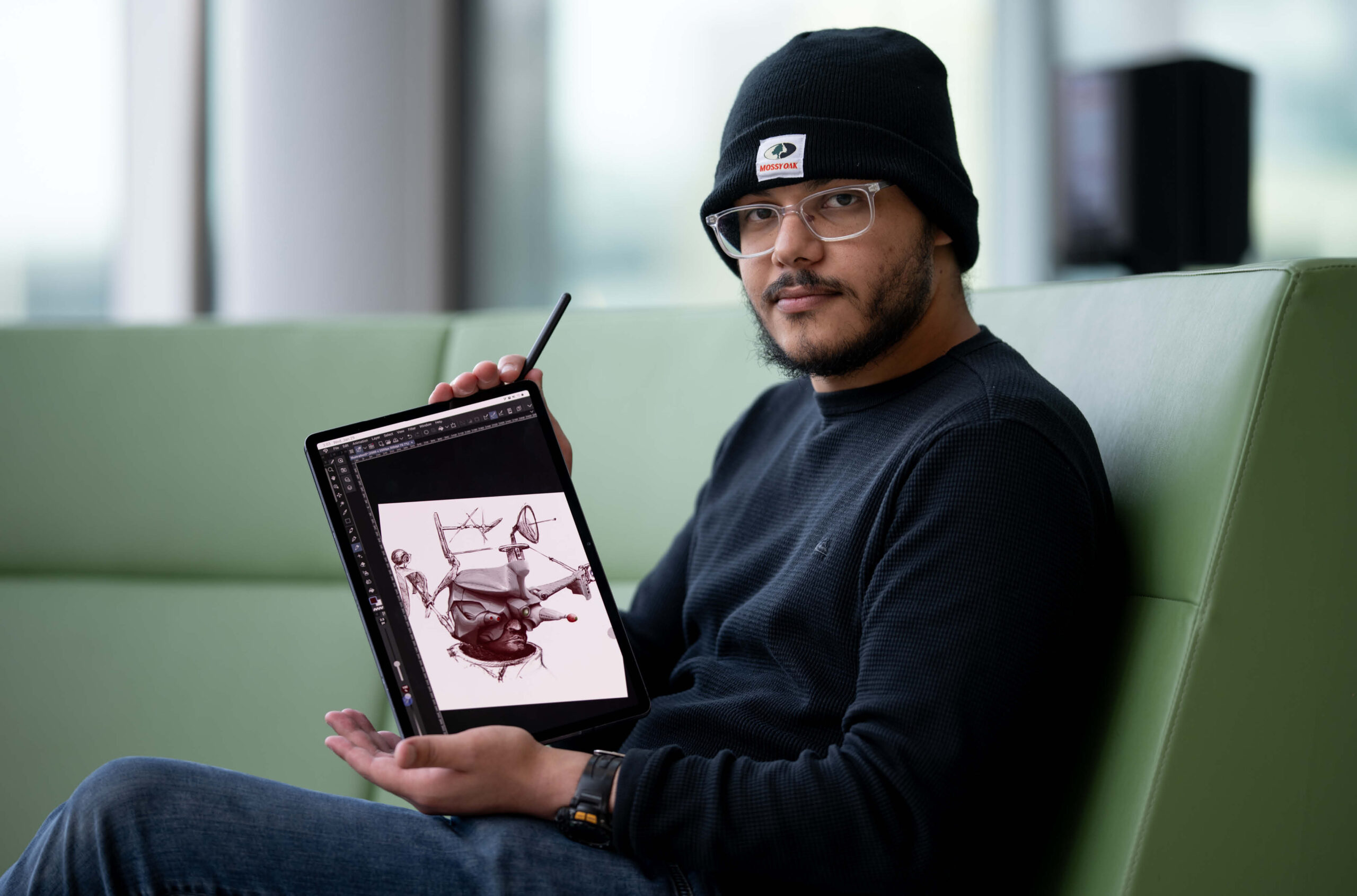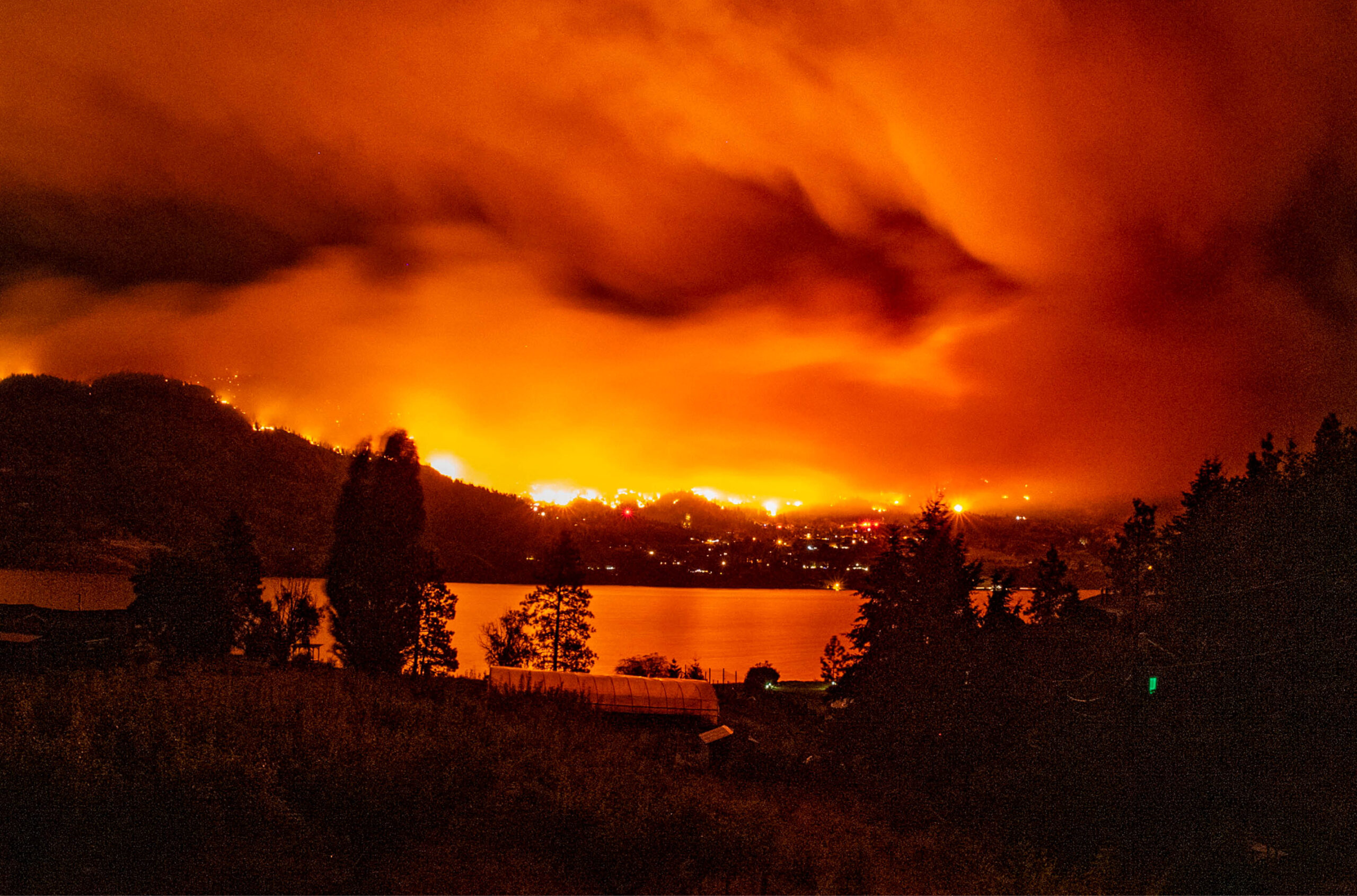The 2024 solar eclipse offers an educational opportunity
Universities getting a full view of the upcoming eclipse explore the science and art of astronomy.

On April 8, the moon will pass directly between the earth and sun in view of central and eastern Canada, showing these regions a phenomenon they haven’t seen locally in over 40 years. The path of totality for this solar eclipse will span the communities of numerous Canadian universities. They’re more than ready for this rare event with sun-safe glasses, day-of events, scientific information and even artistic acknowledgements.
“It’s very much a once-in-a lifetime event,” said Hilding Neilson, assistant professor of physics at Memorial University. While the Maritimes witnessed full solar eclipses in 1970 and again in 1972, many in Canada last saw one in 1979, while an annular one – where the sun was partially obscured – came in view of central Canada in 1994. The next full eclipse will be in 2044 for the north and west of the country and in 2079 for Atlantic Canada.
Those who have seen full eclipses describe them as special, even magical. “Seeing stars during the day, it’s quite amazing,” said Yves Grosdidier, a lecturer in physics at Université de Sherbrooke.
Queen’s University in Kingston falls on the 100 km-wide path that will experience a total eclipse, getting two minutes and 51.8 seconds of darkness starting at 3:22 p.m.
Nikhil Arora, postdoctoral fellow and eclipse outreach coordinator at Queen’s, saw a full eclipse as a teen in India. “If you think of any other astronomical event, you either need very expensive equipment or you need to drive somewhere where it’s dark enough so you can have a clear sky. But for a solar eclipse, you can step outside and be a part of it.”
Queen’s student ambassadors have been visiting elementary schools to hand out some of the 120,000 eclipse glasses Queen’s has ordered, physicists have hosted pub nights and drama students will read from original, eclipse-themed plays two weeks before the celestial event. On the big day, Queen’s will be working with the city and other partners to host viewing parties. (The city’s clever slogan: “On April 8, stand in the path of totality.”)
“We believe that access to science should not be restricted to university lecture halls,” said Dr. Arora, who’s part of the school’s eclipse task force, which was established in 2021.
At Memorial, the St. John’s campus will witness a partial eclipse, so is hosting a Sun Block Party on campus, but also sponsoring day-of events in Gander, which will get two minutes and 13.4 seconds of darkness at 5:12 p.m. local time.
Universities seldom come across a natural event that ties in so nicely with science education, health and safety and other mandates of being a publicly funded academic institution.
“It’s a great chance for Memorial University and scientists here to build up more community engagement,” said Dr. Neilson. “A lot of science is so abstract. I can talk about cosmology and the inside of stars, but nobody is actually going to look at the inside of a star. But everybody can see an eclipse.” Memorial is hosting a variety of events and talks, while April 8 events in Gander will include revealing the results of experiments done by high-school students and access to a blow-up planetarium.
Over in Quebec, Sherbrooke will experience a generous three minutes and 23.9 seconds of total darkness. U de Sherbrooke is working with Bishop’s University, local CEGEPs and the city to spread the word about one of the best places in the country to view the sun and moon. The university has been doing school outreach and its viewing events will include one at the Mont-Mégantic Observatory and another at the school’s stadium. The latter will feature a talk by a philosophy professor and the reading of an original literary work by a doctoral student.
“We’re making it a cultural event, not just a scientific event,” said Dr. Grosdidier. “The goal is to provide as many people as possible with a safe and highly educational viewing experience.”
Even those outside the path of totality are getting involved, including the University of Toronto, which has partnered with the Toronto Public Library to run educational events and give away glasses — you still need eye protection to view a partial eclipse – plus people in the city may drive to the Niagara Peninsula or other nearby regions for totality. The Ontario Eclipse Task Force is headed up by Ilana MacDonald, public outreach, communications and events strategist at the Dunlap Institute for Astronomy and Astrophysics, which is affiliated with U of T. The task force itself is a collaboration between a number of organizations, including Ontario universities.
Educational efforts around the eclipse discuss astronomy and science, but also safety. It’s never wise to look directly at the sun, but after the period of darkness during totality, when the moon moves, viewers will get a sudden blast of solar rays on their dilated pupils that could cause eye damage if they don’t look away quickly or have protection.
Universities are encouraging people to use eclipse glasses, pinhole cameras, watch through their fingers in a hashtag shape or look at a reflection as ways to protect the eyes. They want everyone to safely partake in this magical, natural phenomenon and learn a little at the same time.
Featured Jobs
- Psychology - Assistant Professor (Clinical Psychology)Queen's University
- Science - Assistant Professor (Teaching)The University of British Columbia
- Canadian Politics - Assistant ProfessorUniversity of Toronto
- Chaire de recherche du Canada, niveau 2 sur l'inclusion dans l'éducation de la petite enfanceUniversité du Québec à Trois-Rivières (UQTR)
- Political Science - Assistant Professor (Political Theory)Saint Mary's University
















Post a comment
University Affairs moderates all comments according to the following guidelines. If approved, comments generally appear within one business day. We may republish particularly insightful remarks in our print edition or elsewhere.